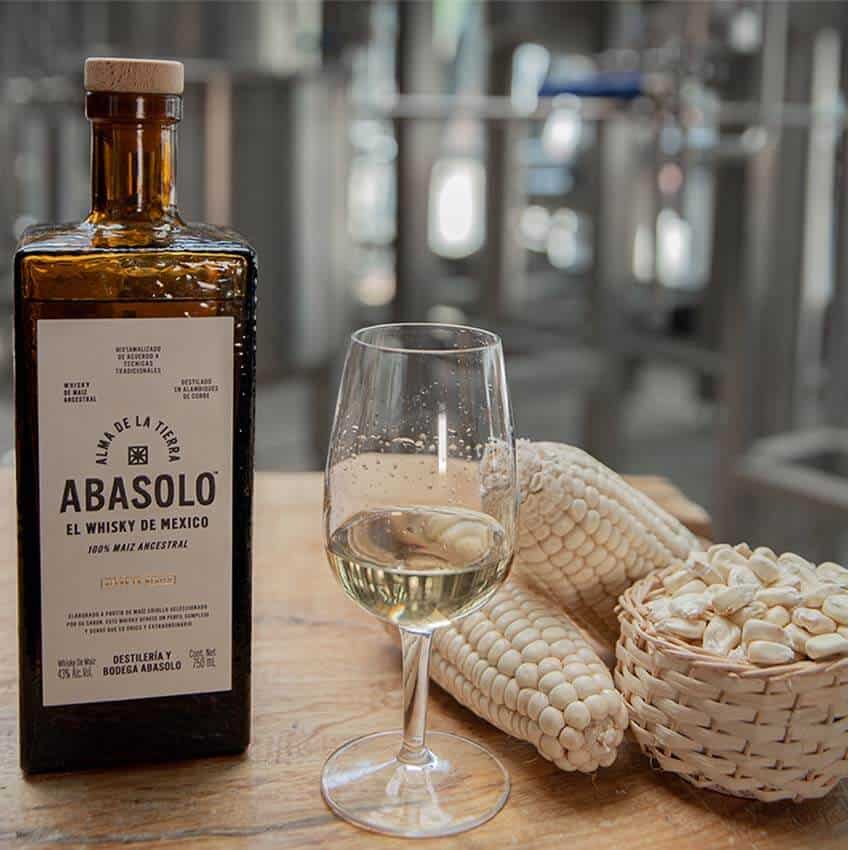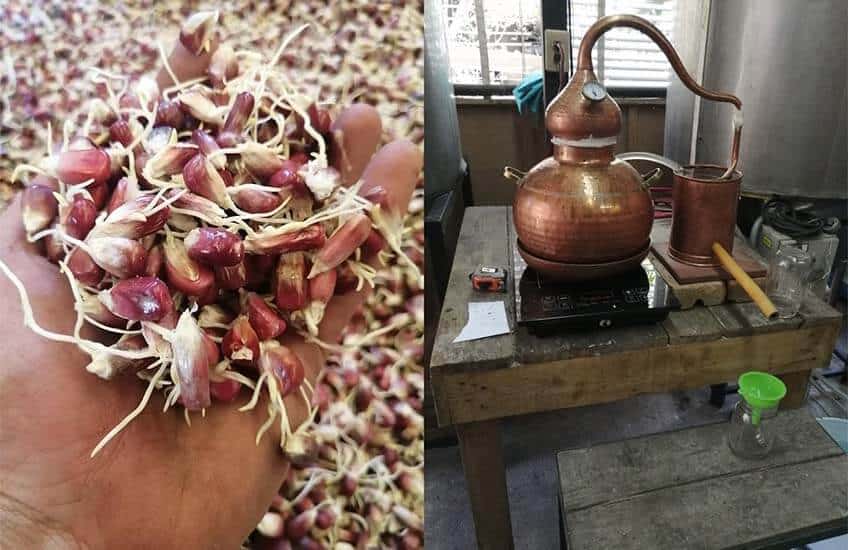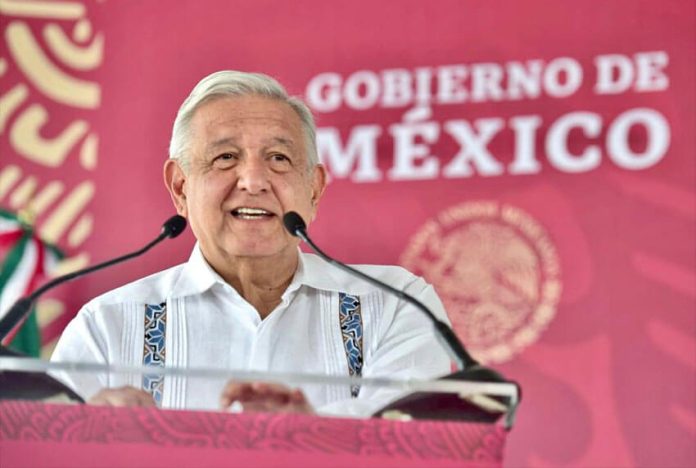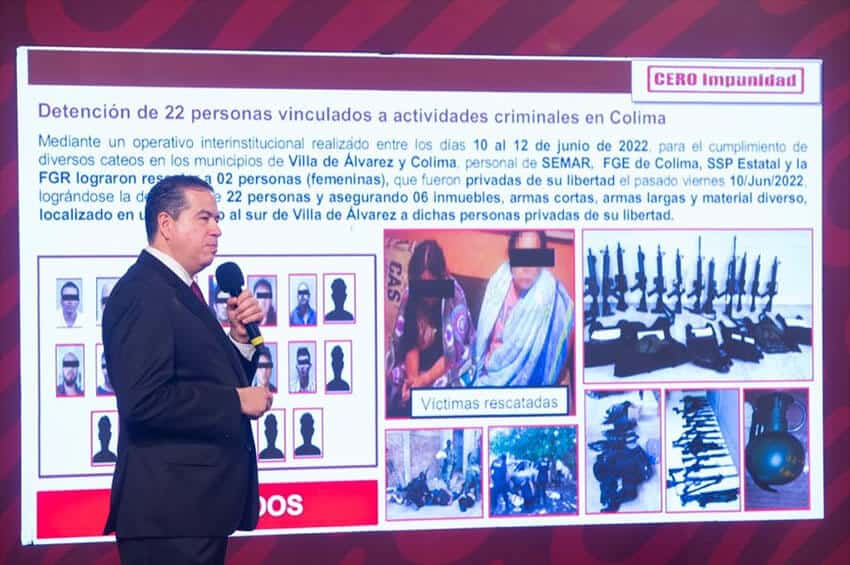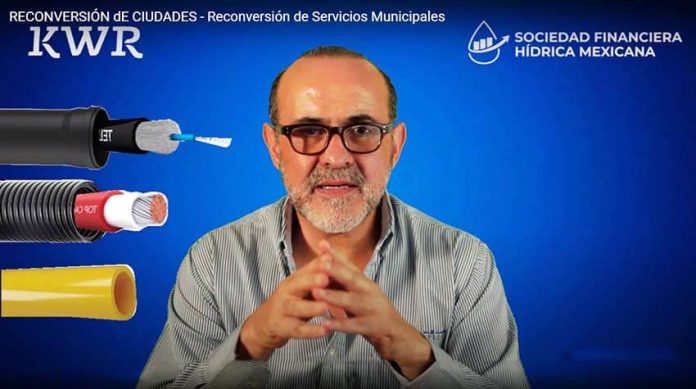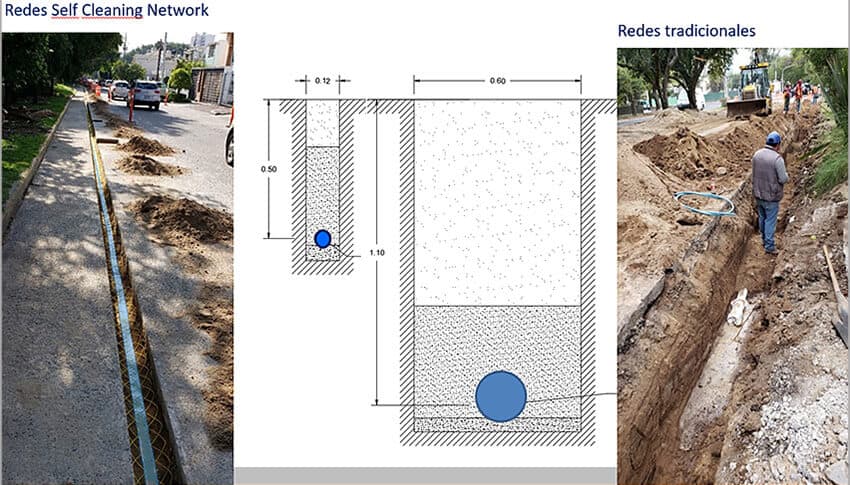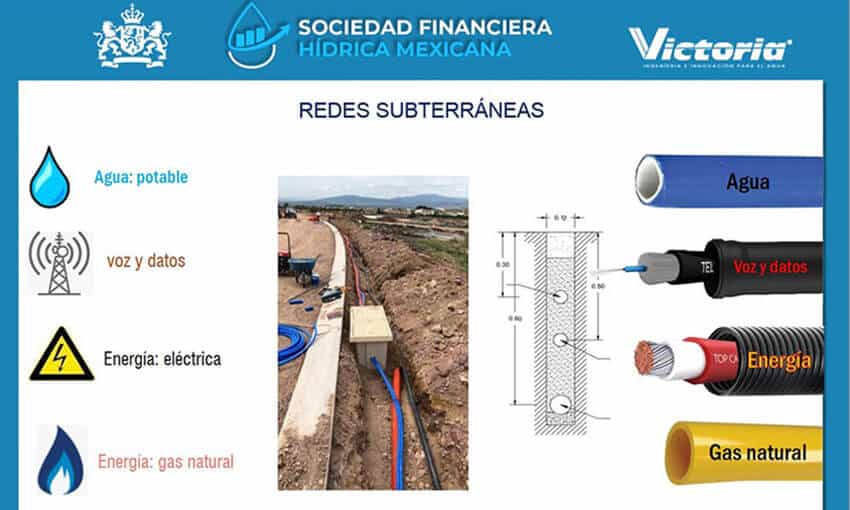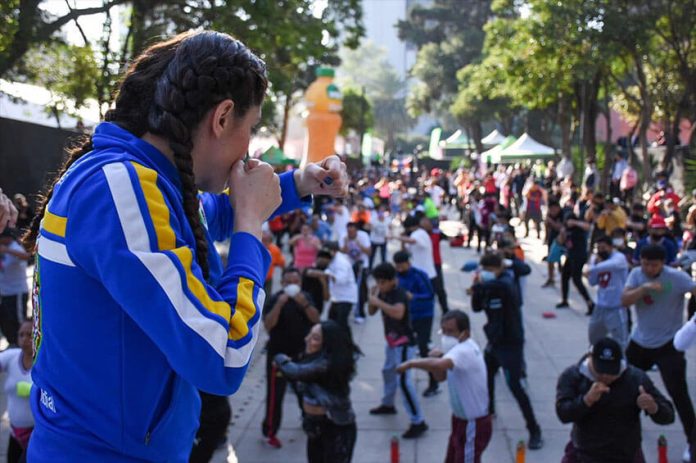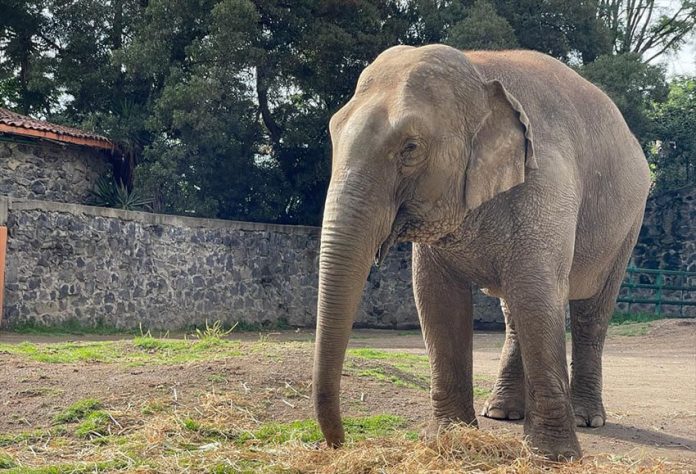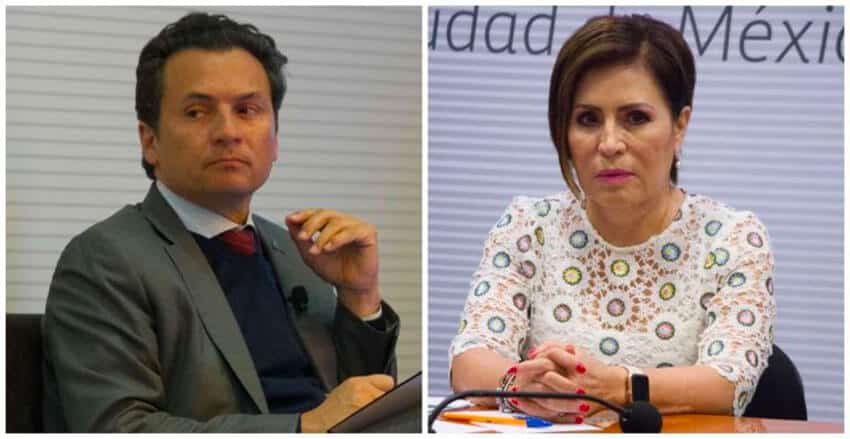A couple of weeks ago, keening from the overwhelm of seeing yet another school shooting — along with yet another round of no one actually doing anything to prevent such things in the future — I wrote a new story (it’s on my Patreon account, but I’ve made it public so no need to subscribe).
The premise was this: there is another dimension much like our own world — the same people, places, relationships, etc.— where everything works the way it should.
There, the gods talk to us regularly, justice and fairness reign and our better selves run the show. We’re happy and mostly get what we want, or at least what we need. Half the population doesn’t have to take antidepressants just to function. Everyone knows what they’re meant to do in life, and they’re able to do so.
Suddenly, everyone in this utopic dimension starts to dream about themselves in this one — that is, our dimension; it seems like Hell in comparison.
When they ask the gods what’s going on in our world, the deities remain mysteriously silent, and so the versions of us in the happy dimension try to forget about their dystopic counterparts during their waking hours.
As I imagine is the case for pretty much everyone else in the world, I try hard to make sense of tragedy, pain and disappointment. And boy, it ain’t easy.
This, in my opinion, is why conspiracy theories are so appealing to us. It’s also why I think religion as an institution will never go away despite predictions of its demise for quite a while now: we’re hardwired to think we’re such important creatures that it’s simply impossible that there’s no divine plan for us.
The idea that someone out there is In Charge is comforting. Even if the In Charge entity makes terrible things happen, at least there’s someone to blame, which is its own kind of comfort.
I thought about this when reading Sheryl Losser’s piece on the history of Freemasonry in Mexico. It’s not an organization I know much about; nevertheless, its existence as a “secret society” is fascinating, because it gives at least the illusion that there’s some sort of mastermind group Making Things Happen in society.
There seems to be evidence that many of Mexico’s independence and revolutionary heroes were Freemasons, though — and this is what makes it extra interesting — it’s not something we can know for sure beyond a certain point.
Is there anything more tempting to believe in than the idea that there are certain people out there who’ve learned how to tap into some kind of magical historical power that lets them direct, or at least influence, the course of history — people who are really In Charge at a time where there seem to be precious few actual adults in the room?
It might be scary, but it’s also much more comforting than the belief that random cruelty happens for no reason.
And if we can believe there’s a mastermind group that acts as key players to steer the direction of history in a positive way, it’s not a stretch at all to imagine that there are organizations steering things in a negative way.
In Mexico, of course, the institutions that are hurting us are no mystical secret. The government is (still) openly corrupt in many ways, and narcos openly control large swaths of the country. While these two things may certainly count as conspiracies to gain influence, power and money, they’re certainly not secret ones.
Then there are the theories: AMLO and many of his supporters believe, for example, that there is an organized effort on the part of the media to discredit him, as opposed to the media simply doing their job of reporting the goings-on in the country. There are still people who believe the COVID-19 vaccine is intentional poison and others who’ve always believed that COVID was either made up to throw us into an economic depression (what for?) or to decimate us. (If that were the purpose, they didn’t do a good job of it at all, did they?)
And wasn’t there something about the danger of cell phone towers for a while there? And cell phones themselves?
When good things happen, we tend to find solid reasons for them (usually that we’re very clever or very divinely loved or have worked very hard).
When bad things happen, we look for an actual boogeyman, because it means that there are reasons that those things are happening; if there’s not an obvious reason, then the temptation to build one in our minds and make it real is strong — and dare I say, natural. Randomness and a lack of control under anyone are more terrifying than simply random, dumb luck.
“What kind of dimension is this?” someone in my story might ask.
Well, it’s ours. Often, the reasons why things happen are clear. For the rest, I try to calm myself with this wisdom: Relax. Nothing is under control.
Sarah DeVries is a writer and translator based in Xalapa, Veracruz. She can be reached through her website, sdevrieswritingandtranslating.com and her Patreon page.


